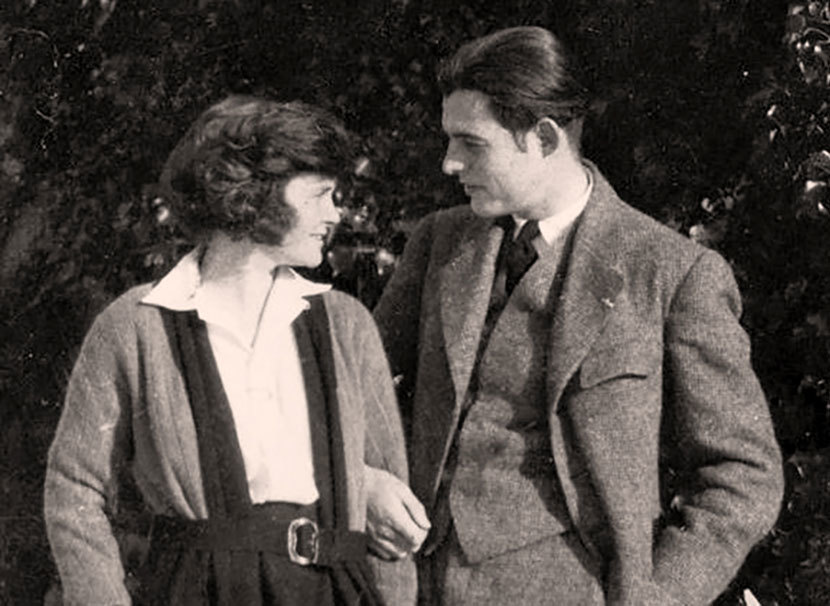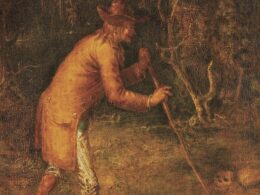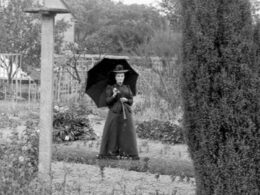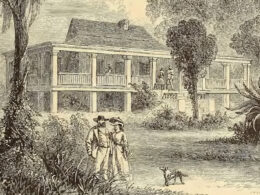Ernest Hemingway (1899–1961)
From Ernest Hemingway: The Sun Also Rises & Other Writings 1918–1926

Ernest Hemingway was born 123 years ago, on July 21, 1899.
In his posthumously published essay, “Art of the Short Story,” Hemingway told would-be authors: “If you leave out important things or events that you know about, the story is strengthened. If you leave or skip something because you do not know it, the story will be worthless. The test of any story is how very good the stuff is that you, not your editors, omit.”
Raymond Carver often discussed how much of an influence Hemingway had been on his own writing. “I still go back and read his work with pleasure,” he told an interviewer. “You’re probably familiar with his comment comparing a literary work to an iceberg: nine-tenths of the iceberg is under water…. If you read Hemingway’s stories, you get just enough and no more.”
One of Carver’s favorite Hemingway stories was “Cat in the Rain,” often taught to students as an example of the iceberg technique. In this story—one of Hemingway’s earliest and shortest works—a husband and wife visiting an Italian town are stuck in their hotel room during a storm. Hemingway stripped away much of the detail and background, leaving only the intentionally repetitive descriptions of the relentless rain, the empty town square, and the sparsely populated hotel to create an atmosphere of ennui. Only the sighting of a stray cat in the rain breaks the tedium—and reveals the tension. “Nothing much happens in the story,” Carver said, “but you know that the relationship between the husband and wife is going bad.”
You can read “Cat in the Rain” at our Story of the Week site, along with a brief introduction on why many of his friends and biographers saw the story as a reflection, in part, of Hemingway’s own marriage—despite his insistence to the contrary.



